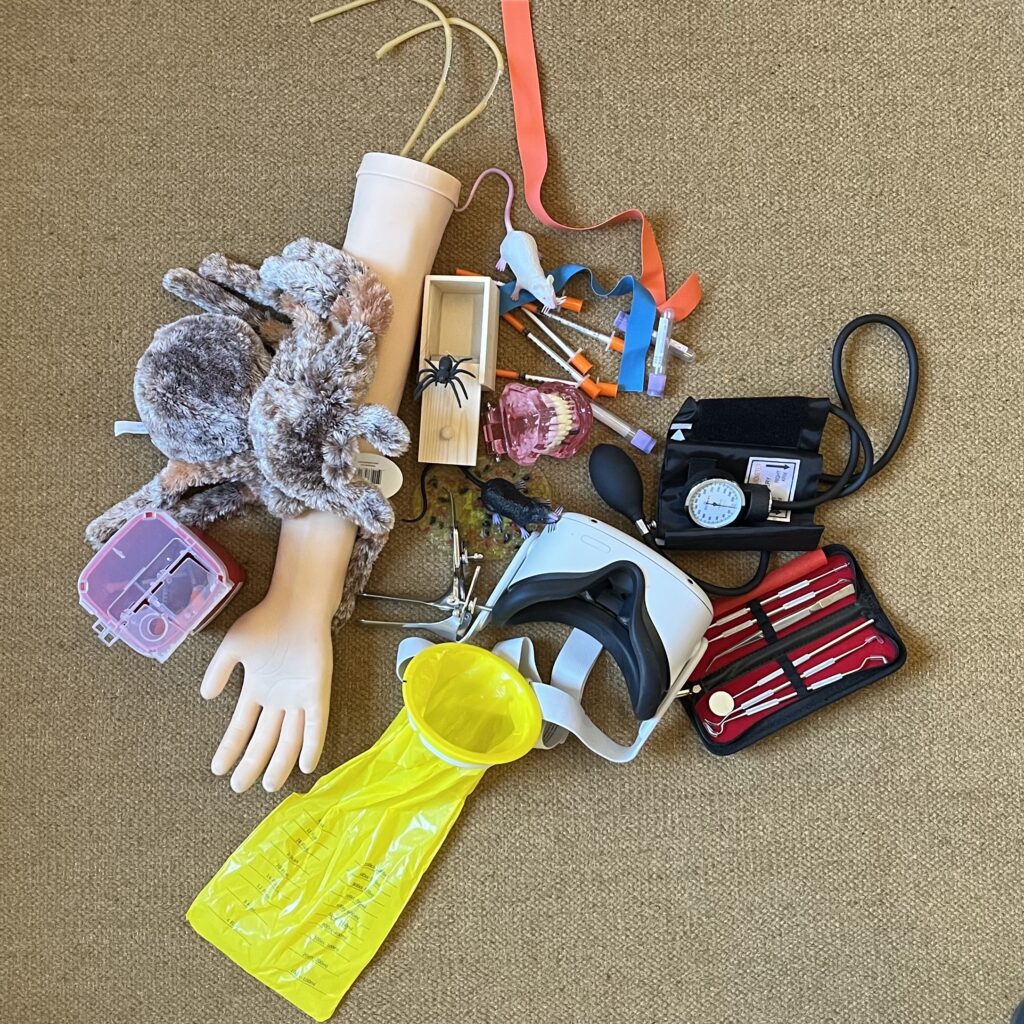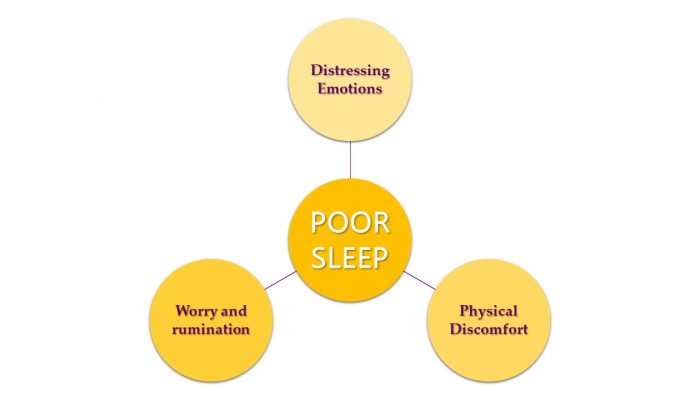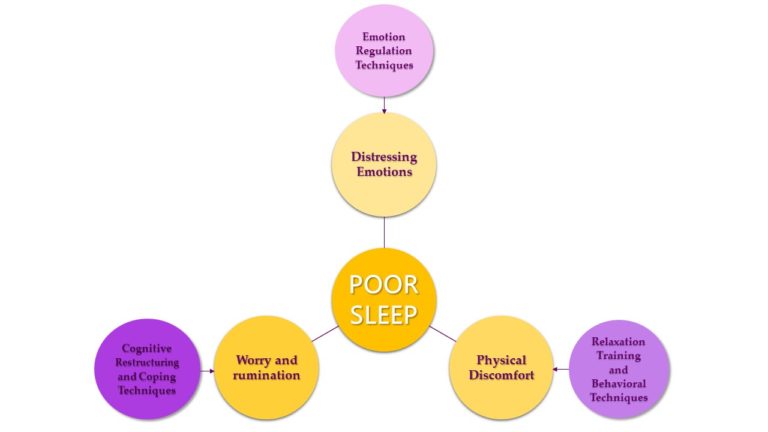
Twenty-twenty-three was a big year for most of us
– it marked a return to a version of life that resembled our time before the Covid-19 pandemic. Many of us returned to the office, resumed travel, and rarely thought of the consequences of doing routine activities like dining indoors or going to a movie theatre.
Twenty-twenty-three was also a record year at my practice. Not only did I return to in-person work at my Union Square office, but I treated a record number of phobias using both the single session phobia format and the more traditional multisession phobia format.
Most people who call me to inquire about phobia treatment have been dealing with their phobia for many years. They have either suffered through encounters with their phobic stimulus or they have gone to great lengths to avoid it.
This year, I met with people who have:
- avoided air travel, even though they wanted to see close relatives
- avoided traveling for vacations due to fear of encountering certain animals
- delayed essential medical treatments due to fear of needles, blood draws, and dental interventions
- spent hours on the ferry or thousands on taxis instead of taking the subway
- avoided important appointments due to fear of elevators
- avoided restaurants, bars, and social gatherings due to fear of vomit
and many more!
In each case, I worked closely with my client to develop a highly individualized treatment plan to cure their phobia. I went on “field trips” to find mice, rats, cats, tarantulas, elevators, and laboratories for bloodwork/vaccines. I spent hours riding subways, going through tunnels, and accompanying my clients wherever they were too fearful to venture alone. I even brought one of my own cats to the office as my assistant for a client with a lifelong fear of felines!
New this year: virtual reality
 During the past year, I also began using virtual reality in some of my phobia treatment sessions. Using the latest VR headset technology, I was able to introduce another level of nuance for clients with certain phobias. The virtual reality allowed clients to “encounter” certain stimuli in a manner that felt more real than watching a video, but more approachable than say, holding a rodent in their own hand. After being comfortable with a stimulus using VR, my clients were ready to move up their exposure hierarchy and confront the “live” version of their feared stimulus.
During the past year, I also began using virtual reality in some of my phobia treatment sessions. Using the latest VR headset technology, I was able to introduce another level of nuance for clients with certain phobias. The virtual reality allowed clients to “encounter” certain stimuli in a manner that felt more real than watching a video, but more approachable than say, holding a rodent in their own hand. After being comfortable with a stimulus using VR, my clients were ready to move up their exposure hierarchy and confront the “live” version of their feared stimulus.
Phobias are one of my favorite things to treat because my clients are always exhilarated after overcoming their fear. They are usually very surprised at the end of a long phobia session and are eager to phone a friend or family member to tell them about their success. Often, they ask for a photo as proof that they “did the thing,” so they can show their loved ones evidence of their incredible feat.
In 2024, I hope to continue providing this short term treatment to people with phobias of all kinds. I am ready to tackle both the “common” phobias like heights, airplanes, and needles, as well as those less frequently discussed phobias, such as specific insects, animals, or medical procedures.
Not sure if I can treat your phobia? Contact me for a consultation to see if phobia treatment is the right option for you.






